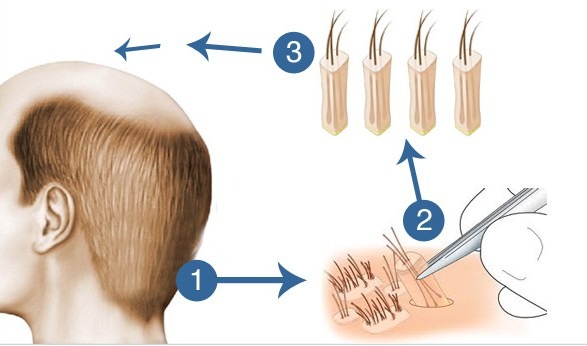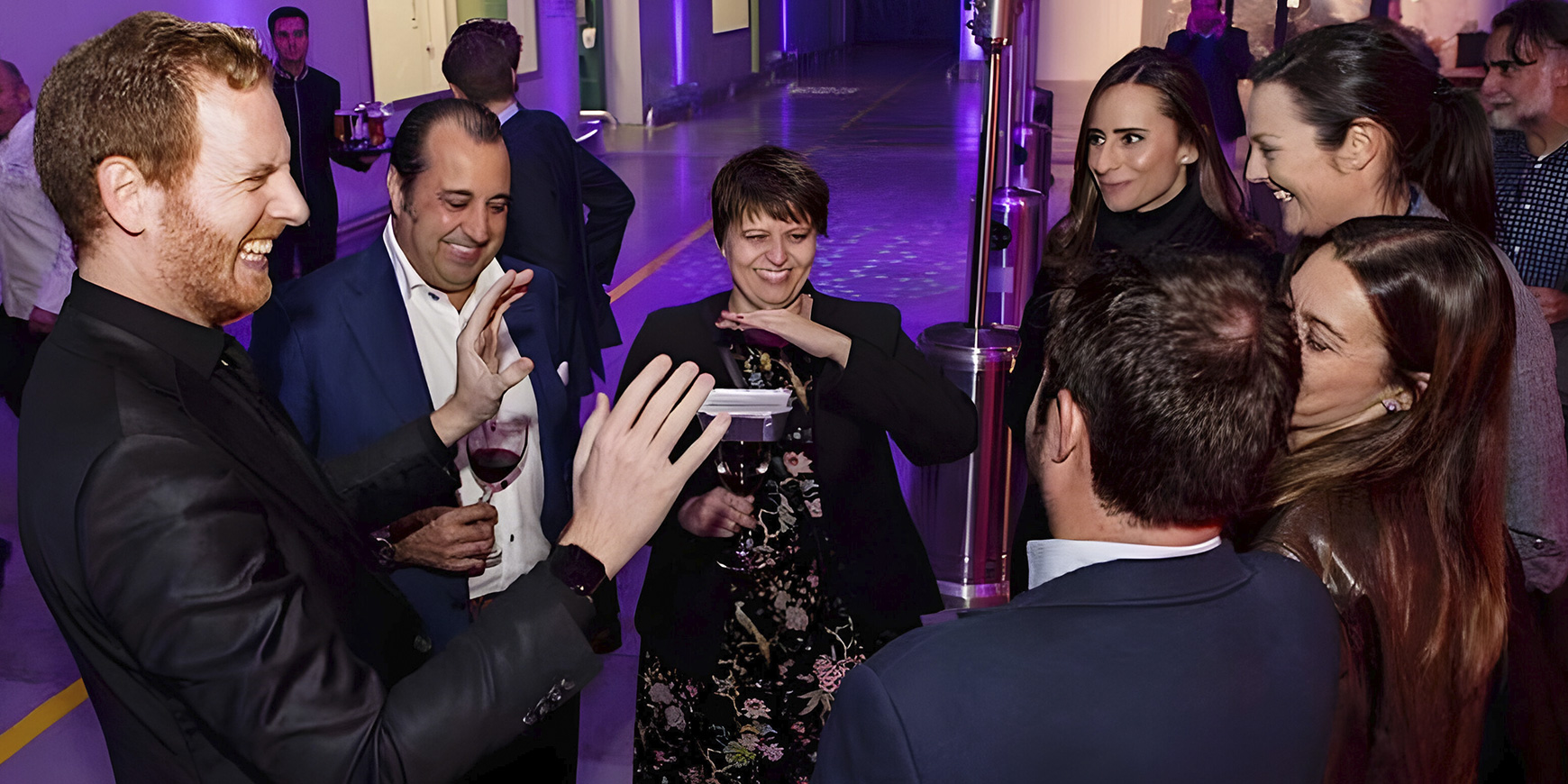Hair loss can be an emotional and challenging experience for many people. Whether it’s due to genetics, ageing, or other factors, it’s common to seek effective solutions to restore confidence. One popular and minimally invasive option is follicular unit extraction. If you’re considering this procedure, you may wonder what to expect during the process. Let’s dive into the details to provide a clear picture of what happens before, during, and after the procedure.
What Is a Micro FUE Hair Transplant?
Micro FUE hair transplants are an advanced technique designed to restore hair naturally and seamlessly. Unlike traditional methods, which involve removing strips of the scalp, this procedure uses a precision approach to extract individual hair follicles. These follicles are then carefully implanted into areas experiencing baldness. This method stands out for its minimally invasive nature, faster recovery time, and ability to achieve natural-looking results. But how does the process unfold?
Before the Procedure: The Preparation Phase
Preparation plays a crucial role in the success of this hair restoration technique. During your initial consultation, a specialist will assess your hair loss pattern and discuss your goals. They’ll also determine if you’re a suitable candidate for the procedure by considering factors like the quality of your donor’s hair and the extent of hair loss.
Before the surgery day, you’ll be given clear instructions to follow. These may include avoiding certain medications, refraining from alcohol, and steering clear of smoking. Preparing your scalp is equally essential; some clinics may ask you to trim your hair to a specific length to make the procedure smoother.
The Day of the Procedure: What Happens?
You may anticipate a relaxed and orderly experience on the day of your hair transplant. Here’s what typically happens:
Local Anesthesia for Comfort
The procedure begins with the application of local anaesthetic to the donor and recipient areas. This guarantees that the procedure will cause you the least amount of discomfort. While you’ll be awake throughout, the numbing agents make the experience virtually painless.
Follicle Extraction
Once the anaesthesia takes effect, the specialist uses a micro-punch tool to extract individual hair follicles from the donor area—usually the back or sides of the scalp. These areas are chosen because the hair there tends to be more resistant to thinning. The precision of the micro-punch tool minimises damage to surrounding tissue and reduces scarring. Each follicle is carefully preserved to maximise viability during implantation.
Recipient Site Preparation
Next, the recipient area is prepared. Tiny incisions are made to create a natural-looking hairline and ensure proper follicle placement. The direction, angle, and density of these incisions are meticulously planned to achieve a seamless result.
Implanting the Follicles
The extracted follicles are implanted into the recipient area one by one. This step requires incredible attention to detail, as proper placement is critical to achieving a natural appearance. The expert will make sure the transplanted hair flows and is oriented similarly to your natural hair.
Depending on how many grafts are required, the full procedure may take several hours. However, many patients find the procedure relaxing, as they can watch TV, listen to music, or even take a nap.
After the Procedure: The Recovery Journey
The recovery period starts after the procedure is over. Thankfully, this technique is known for its quick recovery times. Most people can return to their regular routines within a few days, but there are some key post-procedure care tips to keep in mind:
- Protect Your Scalp: Avoid touching or scratching the treated areas. Your scalp will be sensitive initially, and it’s essential to let it heal properly.
- Follow Aftercare Instructions: The clinic will provide detailed guidelines, which may include how to wash your scalp, medications to use, and activities to avoid.
- Expect Shedding: It’s normal for the transplanted hair to shed within a few weeks. This is a natural part of the process and makes way for new hair growth.
Full results typically take 9 to 12 months, but the gradual improvement allows for a natural transition.
Why Consider Professional Expertise?
The success of a Hair Transplant largely depends on the skill and experience of the specialist performing the procedure. Precision, artistry, and attention to detail are vital for achieving optimal results. Choosing a reputable clinic with a proven track record can make all the difference.
It’s also essential to ensure that the clinic prioritises patient care and uses state-of-the-art technology. A trusted professional will guide you through the process, answer your questions, and tailor the treatment to your unique needs.
Deciding to undergo Micro FUE Hair Transplants is a personal choice. Making an informed choice can be aided by being aware of the technique, its advantages, and what to anticipate. While it’s a powerful tool for addressing hair loss, it’s equally important to approach the process with patience and realistic expectations. This minimally invasive procedure offers a path to restoring not just hair but also confidence and self-esteem.










